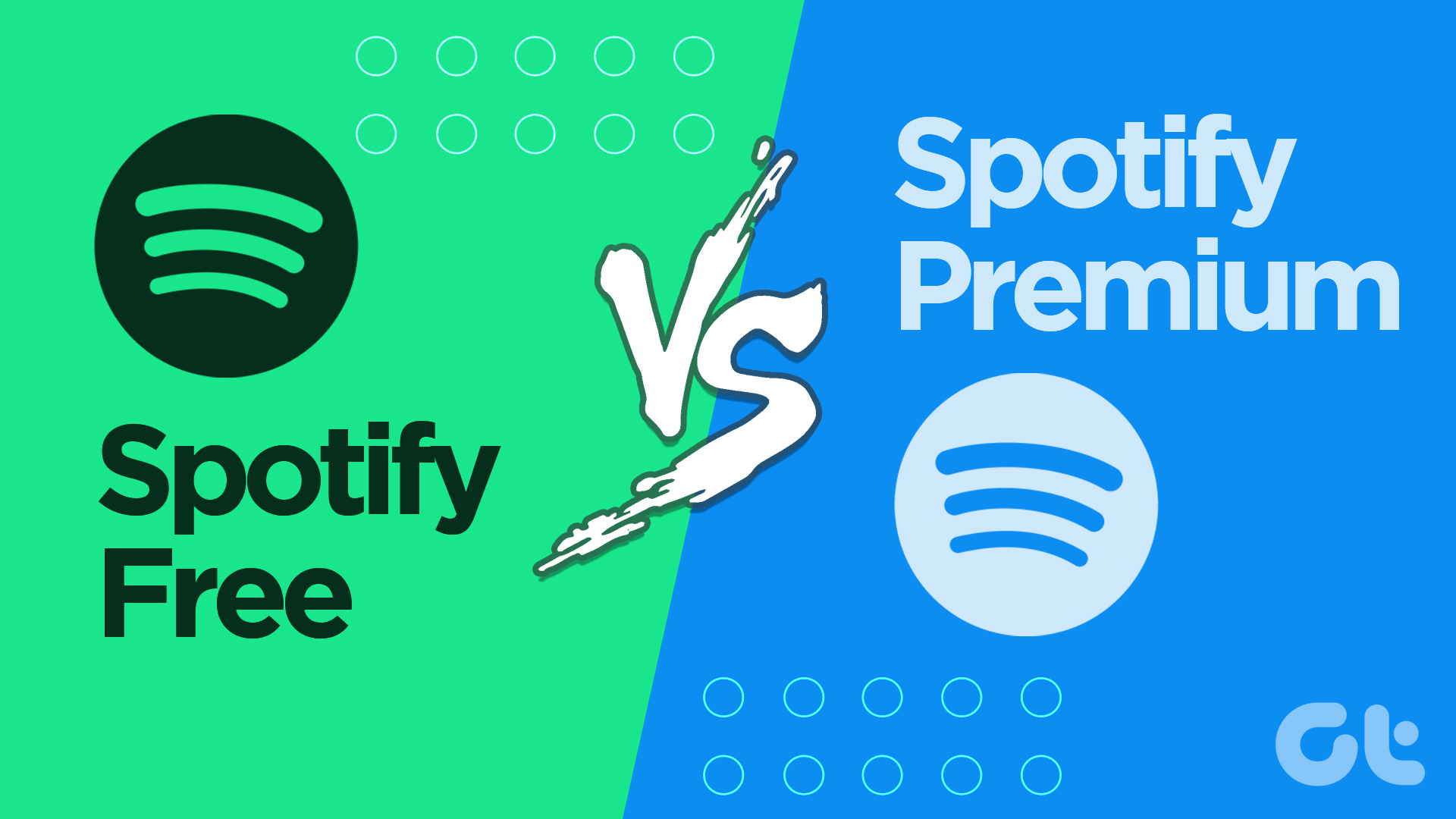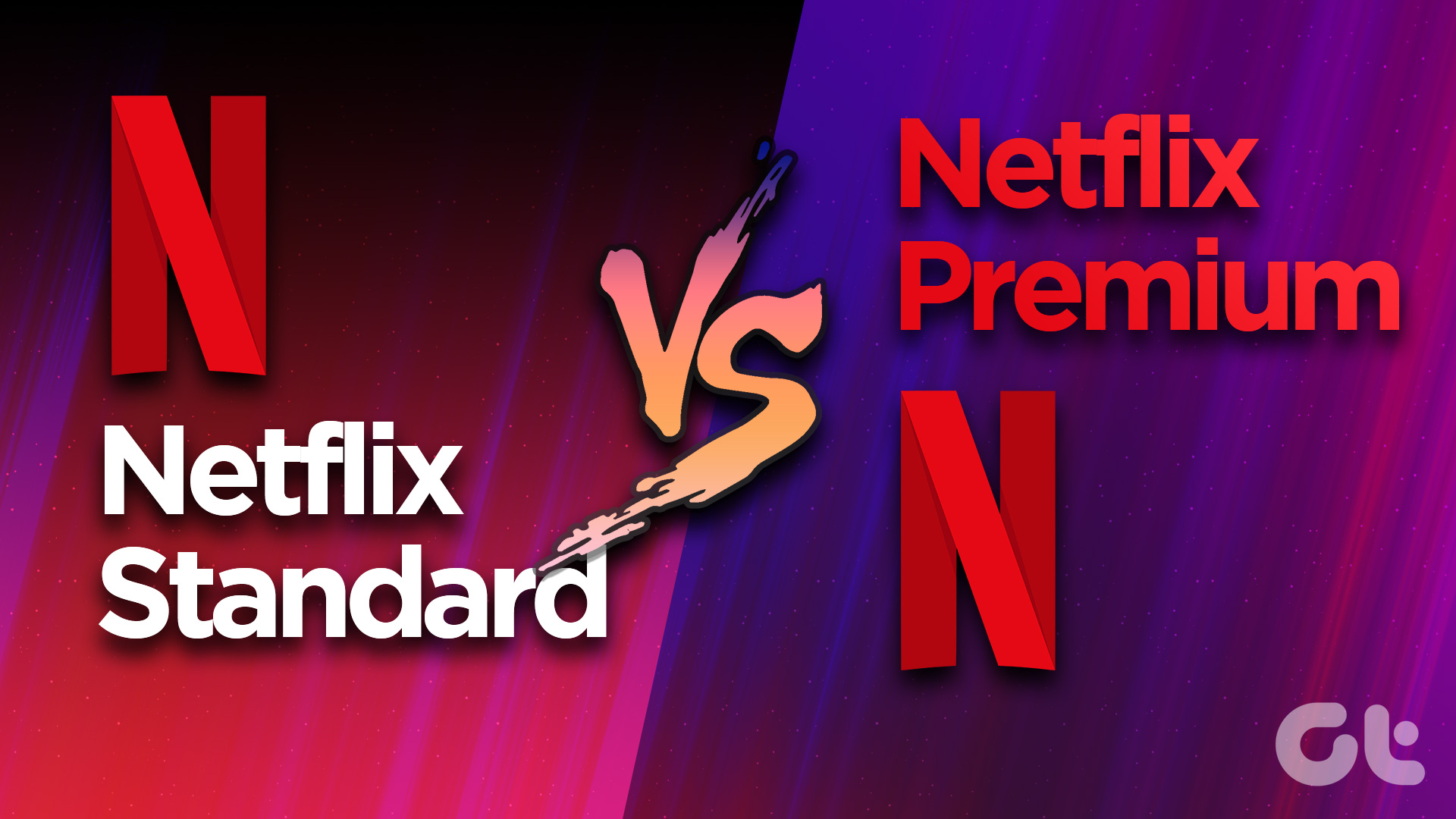Microsoft Office 365 suite is considered as the Gold standard in the productivity space. Sure, there are rivals like Google G Suite and Kingsoft’s WPS Office, but nothing comes close to Office 365 in terms of the overall package. The gap continues to widen as Microsoft is pumping more add-ons in Word, PowerPoint, and Excel.

Microsoft Teams tool is such an example of that.
Microsoft offers a wide range of Office 365 plans. You can choose a relevant plan based on your needs, preference, usage, company size, and total employee members. It can get confusing. The Personal, Family, and Enterprise plans are straightforward.
If you aim to use Office 365 alone, then go with a personal plan. If you plan to share it with family members or friends, then pick the Family plan.
Office 365 Enterprise plans (E1, E3, E5) are ideal for medium to large companies with more than 300 employees.
Microsoft is pumping more add-ons in Word, PowerPoint, and Excel
That leaves us with Office 365 Premium plans. They are most suitable and one of the popular ones for small/medium-sized (less than 300 employees) companies. Office 365 Business plans are laid out in three categories: Business, Business Essential, and Business Premium. It can be confusing to pick the appropriate plan for your company.
In this post, we are going to compare Business Essential to Business Premium. I will also throw-in the mid-tier Business plan to help you make the decision.
The post will include what you get, which functionalities you lose, and how much it costs per month. Let’s jump in.
Features Inclusive in All Plans
Let’s first talk about the similarities among all Office 365 Business plans.
Microsoft guarantees 99.9% of uptime for all its services during the subscription period. The consumer also gets IT-level web support and 24 x7 phone support.

Microsoft offers OneDrive for Business with every Office 365 Business plan.
The company has added a project management tool called Microsoft Planner in all Business and Enterprise plans. So that a company doesn’t need to pay for another project tool such as Trello or Asana and use the Microsoft Planner with tight integration with Office 365 at no extra cost.
Office 365 Apps
Before choosing a plan, you should thoroughly survey and research about whether your company really needs Office 365 apps. If that shows a positive outlook, then you can check off the Business Essential plan from the list.

The entry-level Business Essential plan doesn’t come with native Word, PowerPoint, and Excel apps. You will have to rely on Office Online apps to get the work done.
Both Business and Business Premium plans enable Office 365 native apps support.
Outlook Email and Calendar
Microsoft offers custom Outlook Email and Calendar integration to Business consumers.

Both the Business Essential and Premium subscribers get the Email and Calendar support to make the meetings and overall communication friction-free. The mid-tier Business plan drops the Email and Calendar support.
Microsoft Teams
While Microsoft has improved Office 365 apps, at the same time, they have added new tools to increase productivity. One such tool is Microsoft Teams.Microsoft used to offer Skype for Business for real-time communication to its office 365 subscribers.
The service never took off (Just look at Skype for Business ratings on iOS and Android). Slack came as a viable alternative for chat, email, and calendar. But the inclusion of Slack meant extra cost for companies, who are already paying for Office 365.

The search giant tried to buy Slack and backed off the idea to develop a new communication tool called Microsoft Teams. Microsoft Teams offers group video/voice calling, real-time messaging, and Office 365 integration for quick doc sharing. Both Business Essential and Premium plans come with Microsoft Team add-on.
The Office 365 Premium plan is left out with this addition.
Exchange and SharePoint
Microsoft offers Exchange servers to store and manage the company’s Email and Calendar data. The SharePoint tool lets you create websites, collaborate, and share information with other colleagues.

Both the services are included in Business Essential and Premium plans. And once again, it’s left out in the mid-tier Business plan.
Price
Let’s talk about price. The Office 365 Business Essential plan will cost you $5 per member per month. The Office 365 Business plan comes with an $8.25 price tag per member per month.
The Office 365 Business Premium is the costliest among three, and it will set you back by $12.5 per member per month. You can also customize plans based on different division’s requirements. You can purchase one plan for the sales and marketing team while opting for another plan for the R&D and production team.
The Business plans mentioned above are limited to 300 members per team. If the numbers go beyond that, then you will have to upgrade to Enterprise plans.
Which One You Should Use
The answer is simple. If you want all the goodies with no extraction, then go with Office 365 Business Premium plan.
Office 365 Business Essential excludes Office 365 native apps but adds the support for Microsoft Teams, Exchange Server, and SharePoint. The Office 365 Business plan at $8.25 per member is strictly meant for Office native apps and Outlook Email/Calendar integration.
Next up: Do you know you can create free surveys in Excel online? Read the post below to find out more.
Last updated on 07 February, 2022
The above article may contain affiliate links which help support Guiding Tech. However, it does not affect our editorial integrity. The content remains unbiased and authentic.











